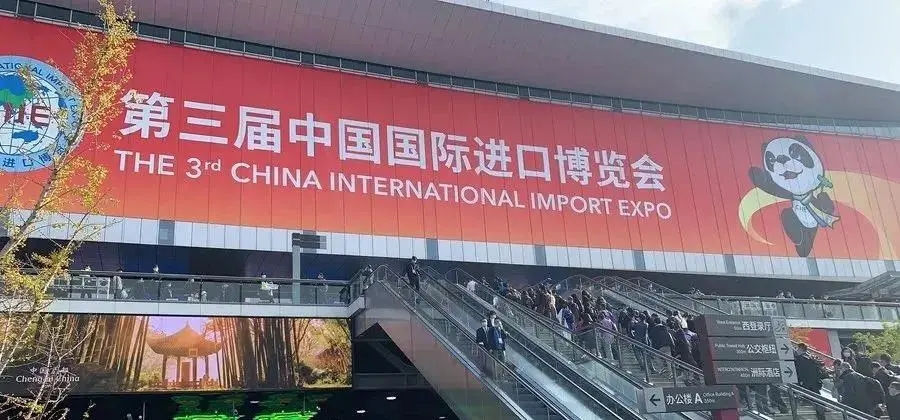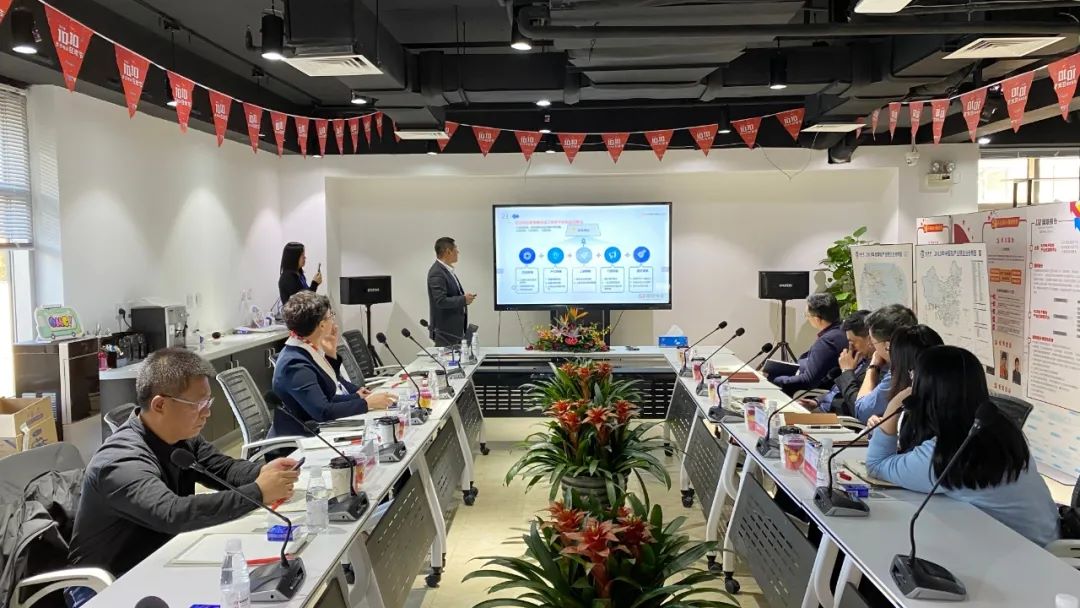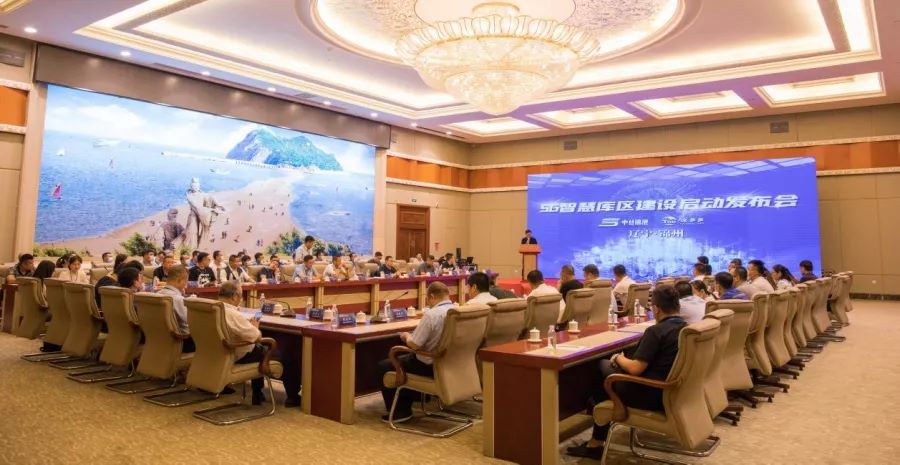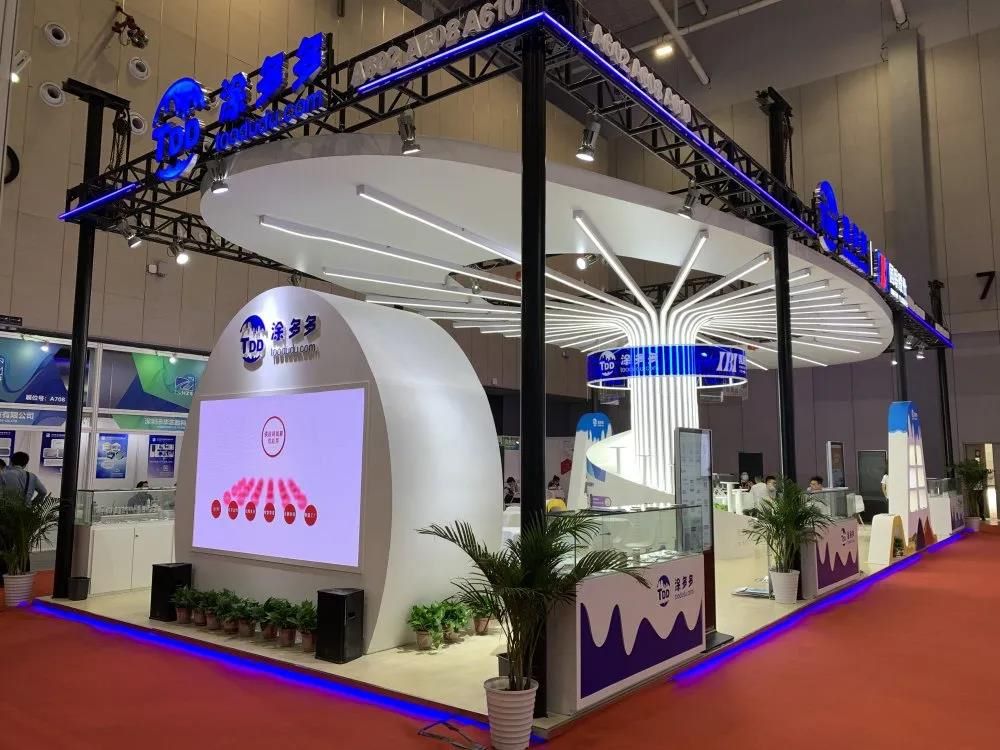Can Cambodia accommodate China's tire ambitions?
With the saturation of China's tire market, the domestic market alone can no longer meet the needs of tire companies' development. In order to avoid internal friction, tire companies must expand overseas markets. Export business has been blocked by various anti-dumping and countervailing duties. The only way is to find a new way to build factories overseas and find a paradise that is more conducive to building factories and sales.

Tire companies flock to Cambodia to build factories
Tire companies build factories overseas, and the first place to bear the brunt is Southeast Asia. As the main rubber producing area, Southeast Industry has unique advantages, and the labor cost in Southeast Asia is relatively low. In order to avoid the risk of anti-dumping and countervailing duties, the first batch of tire companies that went overseas to build factories collectively chose Southeast Asia, which is close, with relatively low raw material and labor costs.
1. General Shares
General Shares, Sailun Group, Doublestar Tire and other well-known domestic tire companies have set up camp in Cambodia. The Cambodian factory of General Shares is its second overseas production base after the base in Thailand. It is also the first project of Jiangsu Province to invest over 100 million US dollars in RCEP member countries after the Regional Comprehensive Economic Partnership Agreement (RCEP) came into effect. The first phase of the project was put into production in May 2023, and has achieved an annual production capacity of 5 million semi-steel tires and 900,000 full-steel tires. The first tire of the second phase project rolled off the production line on August 28, and it is expected to reach full production in 2025, by which time the annual production capacity of 3.5 million semi-steel tires and 750,000 full-steel tires will be added.
2. Sailun Group
On October 30, 2023, Sailun Group Co., Ltd. issued the "Announcement on the Investment and Construction of the "Cambodia Annual Production of 6 Million Semi-Steel Radial Tire Project". The announcement shows that the total investment of the project is 147,353 million yuan, including: construction investment of 128,860 million yuan, working capital of 17,333 million yuan, and construction period interest of 11.6 million yuan.
3. Qingdao Doublestar
On September 6, 2024, the opening ceremony of the first phase of the Doublestar Cambodia Tire Factory was held in the Special Economic Zone of Kratie Province, Cambodia. The Doublestar Cambodia Tire Factory is another modern factory newly built using Doublestar's advanced production technology and experience. The products produced will be mainly sold to developed countries such as Europe and the United States. The opening of the Doublestar Cambodia Tire Factory is an important milestone in Doublestar's "localization" strategy and will surely accelerate the pace of Doublestar's globalization. At the same time, it will promote local economic development and help the government solve employment. While the first phase of the project reaches production as soon as possible, the construction of the second phase will be accelerated.
4. Wanli Tire
On January 12, 2025, the groundbreaking ceremony of the Wanli Tire Cambodia Production Base under Guangzhou Industrial Control Group was held in the New Bavet Special Zone in Svay Rieng Province, Cambodia. After the completion of the entire base, it will be able to produce 10 million semi-steel radial tires and 1.2 million full-steel radial tires annually. It is not only Wanli Tire's first overseas project, but also a key step for Guangzhou Industrial Control Group to accelerate the globalization strategy and actively participate in the high-quality construction of the "Belt and Road".
Since 2012, when Chinese tire companies established their first Southeast Asian production capacity in Vietnam, in the past 10 years, almost every year one or two tire companies have chosen Southeast Asia as a tire factory or expanded their original production capacity. After 2019, the "high anti-dumping and countervailing duty rates" in the European and American tire markets have gradually caused many Chinese tire factories to lose their price advantages. As a result, for dealers in Europe and the United States, it is more affordable to turn to importing tires from Southeast Asia.
Therefore, in the past few years, tires produced in Southeast Asia have increased in the US market. Although Cambodia is inconspicuous in Southeast Asia and its economic conditions are relatively backward, it has great potential. Its own government is also very friendly to China. It is an important partner of China's Belt and Road Initiative. Cooperation in transportation projects such as railways and canals indicates that the construction of Chinese tire factories in Cambodia will have a promising future. And importantly, compared with the high-profile tire production capacity in Thailand and Vietnam, which has been sanctioned by US tariffs, Cambodia is still a paradise.
Low cost of building a factory, avoiding anti-dumping and countervailing policies
As an emerging market in Southeast Asia, Cambodia has attracted a large number of Chinese tire companies with its low labor costs and relatively relaxed investment environment. These companies can not only reduce production costs by building factories in Cambodia, but also effectively avoid the anti-dumping and anti-subsidy policies of Europe and the United States on Chinese tires. Anti-dumping and anti-subsidy policies refer to anti-dumping and anti-subsidy measures, which have had a significant impact on China's tire exports.
Overseas factories contribute to profits
At present, Chinese tire companies' overseas factories in Cambodia have begun to contribute profits. The tires produced by these factories are mainly exported to the European and American markets. Through Cambodia, a transit station, they have successfully avoided the restrictions of anti-dumping and anti-subsidy policies. The profits of overseas factories have not only brought considerable economic benefits to the companies, but also laid a solid foundation for the internationalization strategy of the companies.
Cambodia is not the end
Although Cambodia's overseas factories have brought many benefits to Chinese tire companies, Cambodia is not the end. In the future, these companies need to further expand overseas markets and build factories in more countries and regions. Entering local factories to build factories can not only be closer to market demand, but also better cope with changes in the international trade environment.
Tire export is a process, and the result is Europe and the United States
At least for now, Mexico in North America, Serbia and Spain in Europe, and Morocco in Africa have all made attempts to increase production capacity. If we trace the development history of the top five tire companies, we can see that if we want to eventually become one of the world's largest tire suppliers, we must eventually establish production bases in the United States, Europe and other places. Only in this way can we completely avoid the sanctions of both sides.
Trade protection cannot stop Chinese tires
The rounds of bullying against Chinese tires and Chinese overseas tire factories in multiple overseas markets are actually due to the fear of the growth of Chinese tire brands and product market share. Chinese tires' high-cost-effective tires are extremely popular in overseas markets. At the same time, with the continuous improvement of the gold content of domestic tires, domestic brands have begun to emerge in the overseas high-end market.
But overseas is full of uncertainty after all
However, building factories overseas is not smooth sailing. The political and economic environments of different countries and regions vary greatly, and companies face many uncertainties when investing and building factories overseas. Uncertainties include policy risks, market risks, cultural differences, etc., all of which require companies to fully consider when making decisions.
But it is undeniable that Chinese tires are closely catching up with tire giants in every step, from products to brands to services. Although it is empty talk to say that there is no gap with international big brands, more and more consumers recognize and are willing to support Chinese tires, which is the best proof that Chinese tires have gotten rid of scattered, chaotic and poor performance.
As the elimination of backward production capacity gradually comes to an end, the "V-shaped cluster" of China's tire industry has been formed, and the leading companies have more energy to fight with overseas tire companies in the high-end market - even if the road ahead is not smooth, we believe that as long as we focus on quality and technology, the future of Chinese tires will still be infinitely exciting!
- Chinese tire companies are expanding production971
- Sailun’s performance is outstanding: revenue exceeds 30 billion and profits increase significantly!986
- Global tire companies' competitiveness ranking for 2025 released958
- Linglong Tire, creating a legendary production capacity empire965
- Foreign-invested Chinese factories are expanding their production capacity1017









